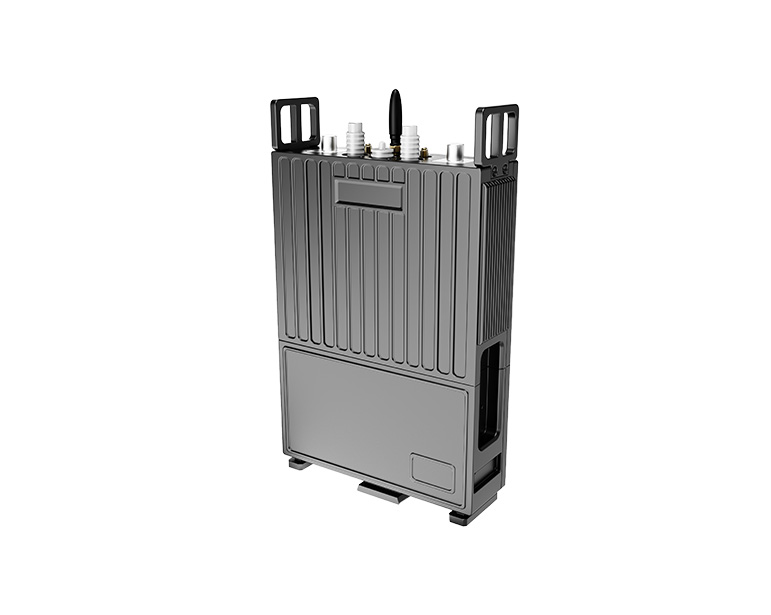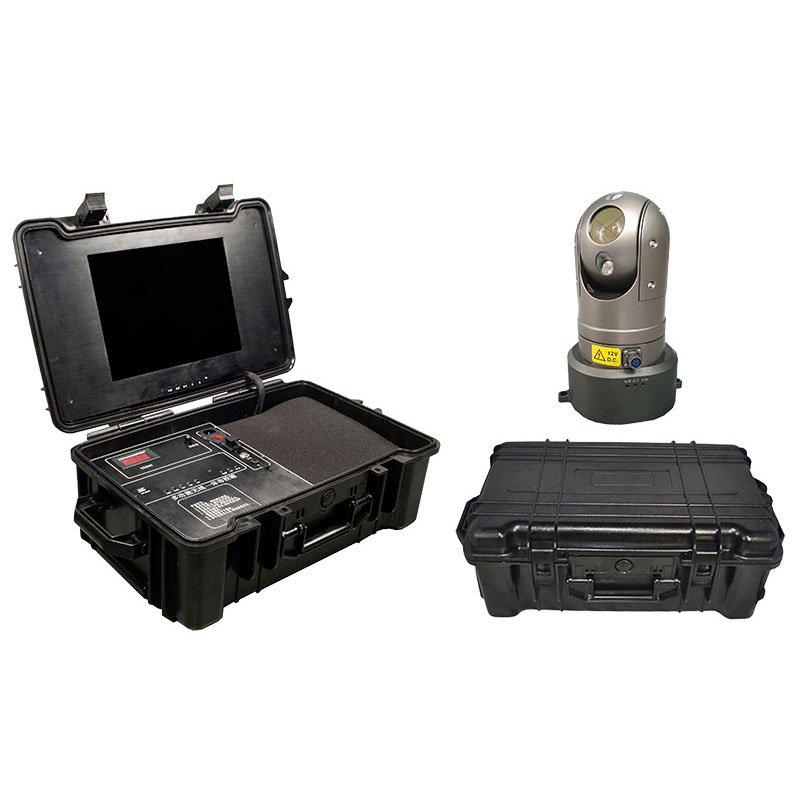What Is the Difference Between a Wireless Network and an Ad Hoc Network?
In an era where wireless communication powers everything from smartphones to smart cities, understanding the various types of wireless networking is crucial. Two often-confused terms in this space are wireless networks and ad hoc networks. While they may appear similar—both enable communication without physical cables—their architectures, purposes, scalability, and reliability differ significantly.
1. Overview of Wireless Networks
A wireless network refers to any computer network that uses wireless data connections between network nodes. These are typically infrastructure-based, meaning they rely on centralized devices such as:
Wireless routers
Cellular base stations (4G/5G towers)
Access points (APs)
The most common types of wireless networks include:
Wi-Fi (IEEE 802.11): Used in homes, offices, and public spaces.
Cellular networks: Used by mobile phones and IoT devices over 4G, 5G, etc.
Satellite communication: For remote and global coverage.
In such systems, devices communicate through a central controller. For example, in a Wi-Fi setup, your smartphone sends data to a router, which forwards it to the internet or other devices.

2. What Is an Ad Hoc Network?
An ad hoc network is a type of wireless network with a decentralized architecture. In these networks:
Each node (device) communicates directly with other nodes.
There is no need for a central controller or access point.
The network is formed spontaneously ("ad hoc") as devices come into range.
Ad hoc networks are often self-configuring, peer-to-peer, and multi-hop. One of the most well-known forms is the MESH network, where devices (nodes) not only send and receive data but also act as relays, forwarding data to other nodes.
Applications of ad hoc networks include:
Military battlefield communications
Drone swarm coordination
Emergency rescue and disaster recovery
Wireless sensor networks (WSNs)
Industrial equipment communication in infrastructure-less environments
3. Key Differences at a Glance
The most fundamental difference between a wireless network and an ad hoc network lies in their network architecture. Wireless networks typically rely on centralized infrastructure, such as routers, access points, or base stations, to manage communication between devices. All data traffic must pass through this central node. In contrast, ad hoc networks use a decentralized, peer-to-peer architecture in which each device (or node) communicates directly with others, often forming a dynamic, multi-hop network without any fixed controller.
Another significant distinction is the need for infrastructure. Traditional wireless networks require pre-installed equipment and some planning to ensure adequate coverage and performance. On the other hand, ad hoc networks do not require any infrastructure, making them ideal for temporary, mobile, or emergency scenarios where setup speed is critical.
In terms of scalability, wireless networks generally scale better due to their connection to broader network backbones and support from centralized management tools. However, ad hoc networks can become increasingly complex as more nodes are added, especially in managing routing paths and signal stability.
Routing is another differentiator. In wireless networks, routing and traffic control are handled by the central node, simplifying device behavior. In ad hoc networks, each device must handle its own routing, often using dynamic protocols like AODV or OLSR, which makes the network more flexible but also more complex.
When it comes to deployment, ad hoc networks shine due to their spontaneous nature—they can be set up almost instantly without pre-configured hardware. Wireless networks, in contrast, usually require longer setup time, especially in large-scale environments like offices, campuses, or industrial parks.
In terms of mobility, ad hoc networks are more tolerant of device movement and topology changes, making them ideal for mobile teams, drones, or tactical applications. Wireless networks, while offering mobility, are generally more effective in semi-fixed environments.
As for reliability, infrastructure-based wireless networks depend on the proper functioning of central nodes; if a router or base station fails, the network can go down. Ad hoc networks, particularly MESH types, are more fault-tolerant, with self-healing paths that can reroute traffic around failed nodes.
Lastly, use cases differ: wireless networks are preferred in homes, offices, and enterprise environments, while ad hoc networks are better suited for military operations, emergency deployments, and field-based industrial monitoring.
4. Technical Architecture Comparison
Wireless Infrastructure Network
Devices are connected via an AP (Access Point) or base station.
All communication passes through the central node.
Centralized DHCP, routing, security policies.
Ad Hoc Network
No fixed topology.
Nodes discover each other dynamically.
Routes are established on demand using protocols such as AODV (Ad hoc On-demand Distance Vector) or OLSR (Optimized Link State Routing).
In MESH networks, each node acts as both endpoint and router.

5. Performance and Limitations
Wireless Networks
Pros:
High-speed internet access.
Scalable across large buildings and campuses.
Stable due to dedicated infrastructure.
Cons:
Not suitable for temporary or dynamic environments.
Susceptible to single point of failure (e.g., router down).
Ad Hoc Networks
Pros:
Ideal for rapidly changing environments.
Can be deployed instantly with minimal setup.
Fault-tolerant and self-healing.
Cons:
Limited by node battery life and range.
Routing can become complex as the number of nodes grows.
Bandwidth can degrade with multiple hops.
6. Real-World Application Scenarios
Scenario 1: Smart Factory
In a smart factory with stable infrastructure, Wi-Fi or 5G wireless networks connect machines, PLCs, and cloud dashboards. These systems offer high throughput and seamless integration with IT systems.
Scenario 2: Emergency Search & Rescue
After a natural disaster, infrastructure is often damaged. First responders use an ad hoc MESH network with portable transmitters and receivers. Drones, body-worn cameras, and sensors coordinate via peer-to-peer communication, requiring no existing infrastructure.
Scenario 3: Military Swarm Deployment
Drones and autonomous ground vehicles in a battlefield environment communicate through ad hoc MESH networks, dynamically forming new paths if nodes go offline, ensuring resilient, secure communication.
7. Security Considerations
Wireless Networks: Typically use WPA2/WPA3 encryption, central firewalls, and access control policies.
Ad Hoc Networks: Require distributed trust models. Vulnerable to attacks like spoofing or route manipulation if not encrypted and authenticated.
In MESH-based ad hoc systems, robust encryption (like AES-128/256), node authentication, and intrusion detection systems (IDS) can help ensure network security.
8. When to Use Each
Choose Wireless Network When
You have fixed infrastructure (offices, factories)
High bandwidth and long-term connectivity are required
Centralized IT control is preferred
Choose Ad Hoc Network When
You operate in dynamic or mobile environments (emergency, fieldwork)
Infrastructure is unavailable or impractical
Rapid deployment and resilience are top priorities
Conclusion
While both wireless and ad hoc networks offer the advantage of cable-free communication, their structures and applications are distinctly different. Wireless networks provide structured, high-speed, and scalable connectivity with centralized control, while ad hoc networks thrive in dynamic, infrastructure-less, or mission-critical environments that demand adaptability and resilience.
Understanding these differences is key to selecting the right technology for your use case—whether you're designing a smart warehouse, deploying drone-based rescue missions, or building a mobile surveillance unit.
-
 2025-10-30
2025-10-30 -
IP Mesh Radios: The Future of Tactical Wireless Networking
2025-10-27 -

What Is Wireless Data Transmission and How Does It Work?
2025-09-26 -
What are the Applications of Ad Hoc Wireless Network?
2025-09-11 -

What Are Point to Point Wireless Bridges Often Used For?
2025-09-05 -

MESH Networking Module Selection Guide: From Dismounted Soldiers to UAV Applications
2025-08-28 -

What Is a Point to Point Wireless Bridge Connection?
2025-08-07









